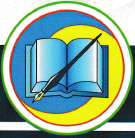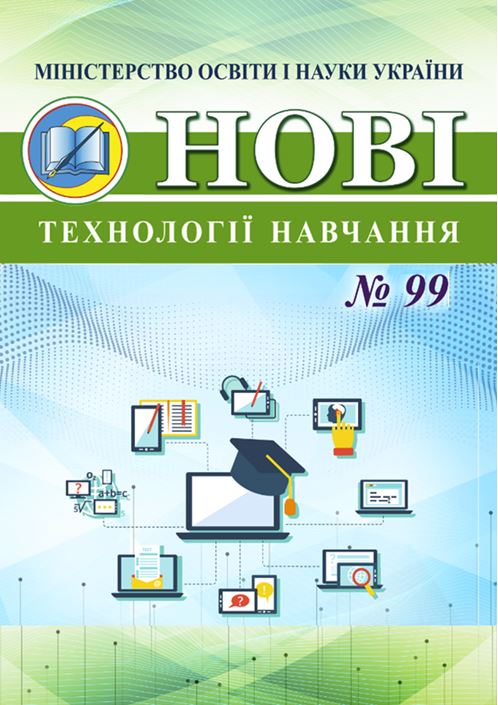Artificial intelligence's ability for creativity and its use in educational activities
DOI:
https://doi.org/10.52256/2710-3560.2025.99.07Keywords:
logic, creativity, creative problems, invention, artificial intelligenceAbstract
The article is devoted to the problem of the relationship between artificial intelligence and creativity. It arose against the background of expectations that artificial intelligence of the modern level is capable of performing not only the search function (like the well-known search engines such as Google), but also has the ability to learn, replenish the databases of already used data as a result of communication with a person. New functions of artificial intelligence, which consist in the integration of data and its ability to build and edit certain products on the basis of this (graphic images, musical works, texts, with logic present in them, models of technical devices, etc.) gave people hope regarding the ability of artificial intelligence to creativity of the level that a person has achieved. But the vast majority of psychologists who have dedicated their work to the development of the psychology of creativity point out that human creative activity is different from intellectual activity.
Having a direct relationship to the development of creative tasks for the All-Ukrainian Tournaments of Young Inventors and Rationalizers, the International STEM Competition "Edisons of the 21st Century", as well as the experience of checking the tasks performed by participants of the aforementioned mass events, the authors prove that modern artificial intelligence still works on the basis of logic, using already known algorithms, therefore it does not create something fundamentally new.
At the same time, the author draws attention to the fact that artificial intelligence with the specified functions, as well as with the ability to communicate with humans, can be useful for inventors, in particular for the development of inventive and design abilities of pupils and students, although the controlling function of the educational process acquires certain risks.
Downloads
Published
How to Cite
Issue
Section
License
Copyright (c) 2025 Андрій Давиденко, Павло Давиденко

This work is licensed under a Creative Commons Attribution-NonCommercial-ShareAlike 4.0 International License.
Із зазначенням авторства - Некомерційна - Розповсюдження на тих самих умовах 4.0 (CC Attribution-NonCommercial-ShareAlike 4.0)







